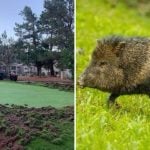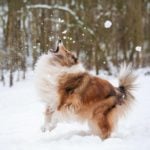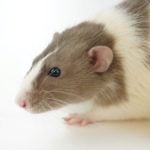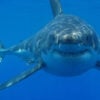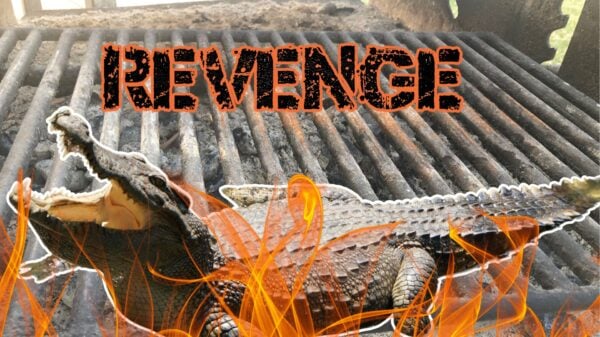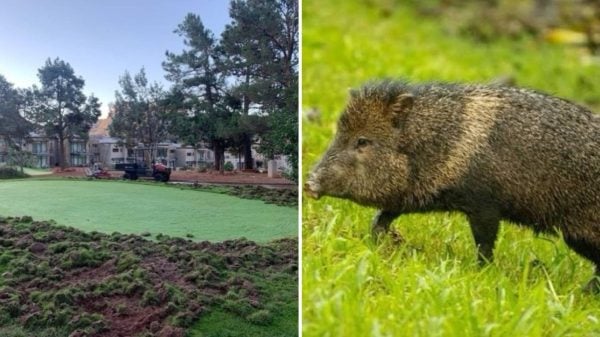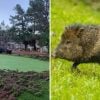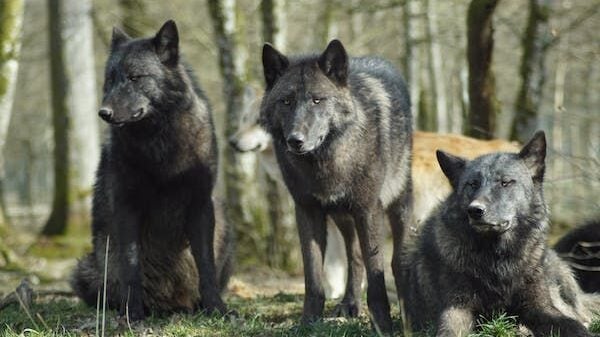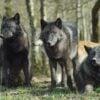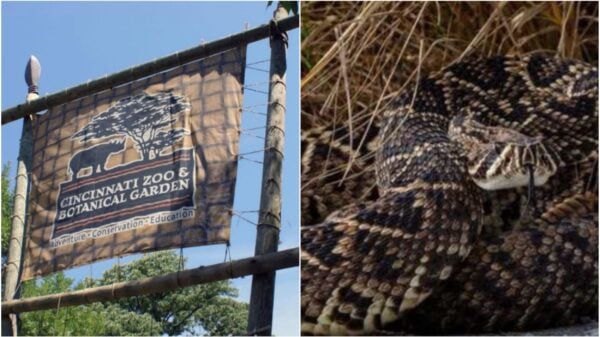If sea ice remains frozen all year long, polar bears won’t have to take refuge on land. But recently, climate change has caused more ice to melt and the bears to spend much more time outside their natural habitat.
This challenge has affected milk production for mama bears and is posing a threat to the polar bear population. This is yet another riddle for scientists to crack.
Unveiling Antarctica’s Mind-Boggling 7.5 Million-Year Phenomenon
<iframe width=”100%” height=”100%” frameborder=”0″ allowfullscreen=”true” src=”https://www.youtube.com/embed/oPlC8KQg488?rel=0″></iframe>
Whenever sea water freezes, sea ice, which is lighter than water, forms and floats on the sea. Most sea ice is found in the Arctic (the topmost part of the earth) and is the perfect home for polar bears.
The National Ocean Service throws more light. “Sea ice is frozen water that forms, expands, and melts in the ocean. It is different from icebergs, glaciers, ice sheets, and ice shelves, which originate on land.”
The Arctic isn’t just the ideal temperature for the bears, it also serves as a good hunting ground. The Arctic has all the seals that polar bears need for food.
However, warmer weather melts the sea ice and forces the polar bears to run to land. During this period, the food supply is cut, and the bears have to fast.
In preparation for the warmer seasons, polar bears hunt for as much food as they can, which will provide the fat they require to push through till another winter. Some polar bears accumulate up to 50% body fat to cope with the summer season on land, during which hunting opportunities are limited.
During this period, polar bears typically lose about 1 kg of body mass every day. To last until the winter would mean doing everything necessary to conserve energy. Activity levels will drop greatly during this period.
But for the mama bears who are nursing their cubs, the burden is much more challenging. Lactation will demand additional energy supply. Bears produce milk that is high in fat – up to 35%. An inability to gather and conserve sufficient energy will also threaten the survival of their cubs.
Climate change has worsened the condition of the polar bears. Rising heat from global warming has melted more sea ice than usual and prolonged warm weather.
In the face of a low energy supply, mama bears now have a harder time producing milk for their cubs. During such circumstances, mama bears will produce milk with way lower fat content than required.
Experts have raised an alarm over the situation which they believe is going to increase the mortality rate for the cubs and cut down the polar bear population. Now, mother bears are faced with a tough choice between survival and that of their little ones.
A team of ecologists from the University of Toronto has examined the worrisome situation. In their study, they detailed the challenges the polar bears face. “Given that Arctic warming means polar bears across much of their range will experience longer periods without access to primary prey, our results underscore how lactation will likely become increasingly compromised.”
Efforts to check the growing threat of climate change must be intensified to preserve the existence of our valuable wildlife, including these adorable polar bears.












